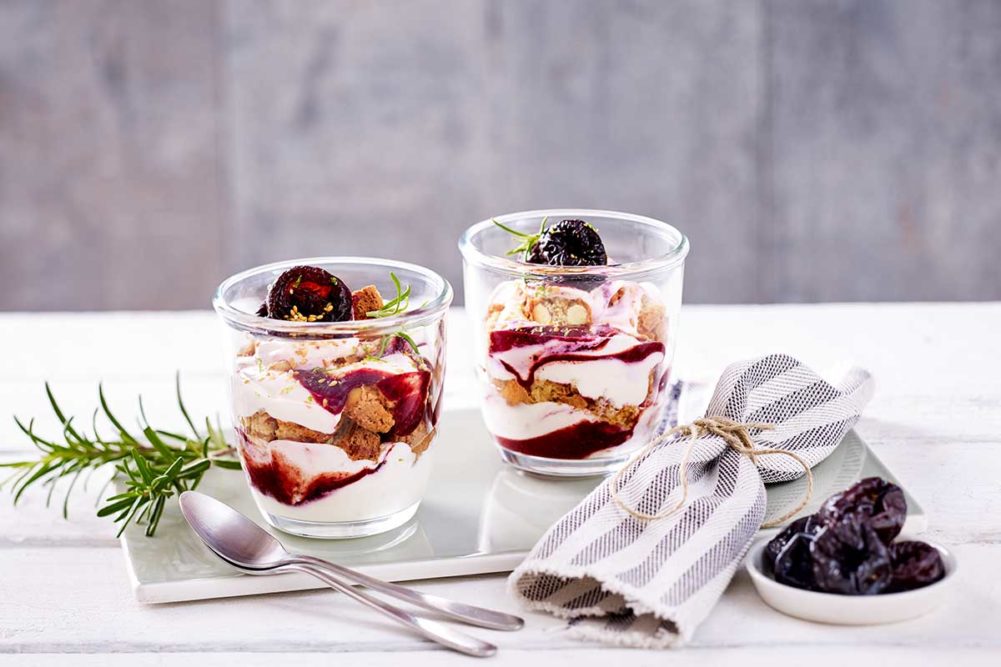Probiotics, or live microorganisms that provide benefits by improving the gut microbiota, are tricky to use in baked goods because it’s hard to keep the bacteria alive when exposed to baking temperatures.
“The efficacy of probiotics is contingent on their capacity to survive the many stressors from the manufacturer’s plant to the consumer’s gut,” said Camille Binachon, product manager, Lallemand Health Solutions. “Lallemand Health Solutions has developed a range of protective technologies to ensure optimal probiotic survival in food matrices, and efficacy at their site of action. Probiocap technology is a microencapsulation procedure that protects probiotic strains from physical food processing conditions such as compression, thermal shocks and chemical stress from digestion, such as gastric acidity, offering great opportunities for food applications.”
Microencapsulation, which protects prebiotics and probiotics and allows them to survive high temperatures, is becoming more popular, said Jenn Adams, director, ingredient technology and applications, IFPC. And postbiotics is a newer concept that is being used more in baked goods.
“Postbiotics are the end product of probiotics, which is the most valuable part,” she explained. “Directly adding the end product eliminates the challenges of incorporating unstable probiotics into a product that undergoes high temperatures.”
Sam Wright IV, chief executive officer, The Wright Group, described postbiotics as what is left when probiotics undergo the fermentation process.
“They can be thought of as fermentation solubles,” he said.
Heat and pH stability are some of the most difficult parameters of formulating with prebiotics and probiotics, Ms. Adams said.
“Because pre- and probiotics are alive, formulators must tailor the process to their tolerance, or they will not provide any health benefits to the end consumer,” she said. “Each pre- and probiotic can react differently to the same situation, so it is essential to know the tolerance parameters of each.”
There are many other ingredients available to producers that can be used to help boost gut health claims.
“In addition to prebiotics, probiotics and postbiotics, beta glucan, zinc and digestive enzymes are often used, especially to combat lactose intolerance and other foods which create gas,” Mr. Wright said. “Proteases and lipases can be useful in this regard.”
Kate Leahy, spokesperson for Sunsweet Ingredients, recommended a holistic approach for improving gut health.
“While it often means folding probiotics and prebiotics into the formulation, it can also mean using whole-food ingredients that are naturally recognized for gut health properties,” she said. “One of the easiest ways to help consumers improve their gut health is by incorporating familiar ingredients that have long been linked with better digestion. Prunes are well recognized as a gut-healthy food.”
Bakers and snack manufacturers have many options to boost digestive health in consumers, and many of these ingredients provide benefits beyond gut health. It’s an area that will continue to gain momentum as the public learns more about the importance of gut health.
This article is an excerpt from the September 2023 issue of Baking & Snack. To read the entire feature on Gut Health, click here.





